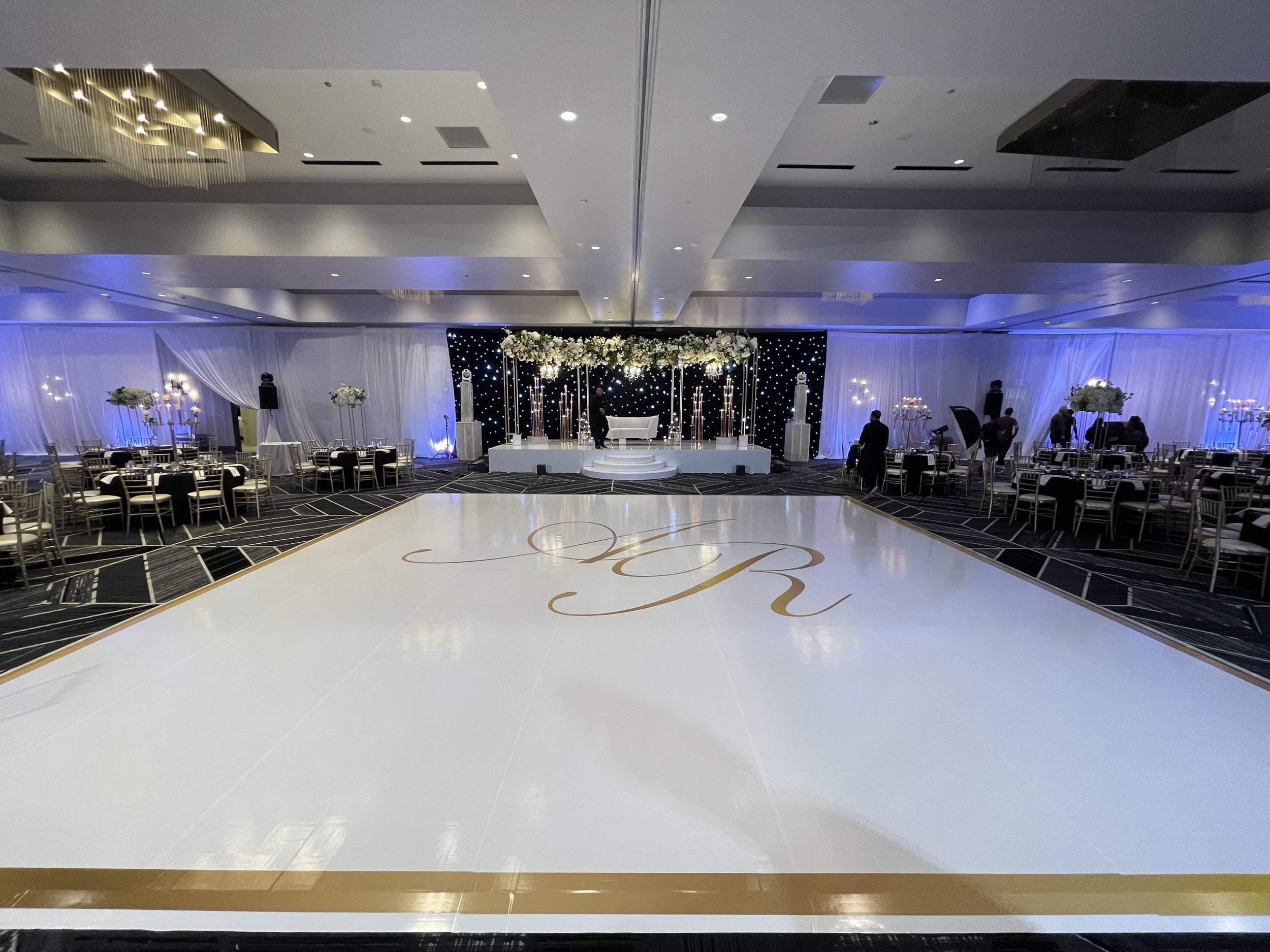Highlighting this Value of Lighting Design for Guaranteeing Dance Surface Protection
Wiki Article
Lighting plays a vital role in ensuring the safety of dancing areas, regardless of whether in a dance club, a local venue, or a school event. Proper lighting helps to create a secure environment by allowing dancers to see their surroundings clearly. This clarity is essential for avoiding accidents, such as stumbles and collapses, which can occur on crowded or uneven surfaces. Additionally, effective lighting aids in making sure that all dancers are aware of their space and the individuals around them, minimizing the chance of crashes or other incidents on the dance floor.
One of the primary functions of illumination in a dance environment is to improve visibility. Bright and strategically positioned lights light up the floor, making it easier for dancers to navigate their actions. This is particularly important in environments where the floor may be crowded or where different dance styles demand various levels of space. When dancers can spot where they are stepping and how much room they have, they can dance with greater confidence and prevent potential hazards. For instance, a brightly illuminated floor allows dancers to identify spills or hazards that could lead to dangerous situations.
In furthermore to helping dancers see better, lighting can also contribute to the general ambiance of the event. While some dance locations may use dim lighting for aesthetic purposes, it is crucial to strike a balance between atmosphere and security. Flashing or flashing lights can disorient dancers, making it hard for them to keep their bearings. Therefore, including soft, steady lighting with brighter spots in critical areas, like exits and walkways, can enhance both the vibe and security of the dance floor. This considerate approach promotes a lively but secure dancing experience.
Furthermore, it is important to consider the types of lighting that are best suited for dance floors. Different light fixtures, such as light-emitting diodes, focused lights, and ambient lighting, can serve various purposes. LED lights click this site are energy-efficient and can be programmed to create different hues and effects without sacrificing brightness. Spotlights can illuminate specific areas, such as a stage or a group performance, while ambient lighting sets the overall mood. By carefully selecting and positioning these lighting choices, event coordinators can make sure that the dance floor stays look at this website a secure and enjoyable space for everyone.
In conclusion, the importance of proper lighting in ensuring dance floor safety cannot be overstated. It not only provides the necessary visibility for dancers to navigate freely and safely but also helps create an welcoming environment that promotes participation. Event planners and venue managers must emphasize lighting design when planning dance events to minimize risks and enhance the overall experience. By doing so, they can foster a fun, energetic atmosphere while keeping safety at the forefront of their planning strategies.
